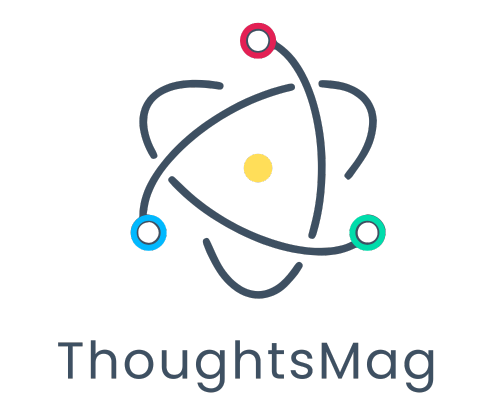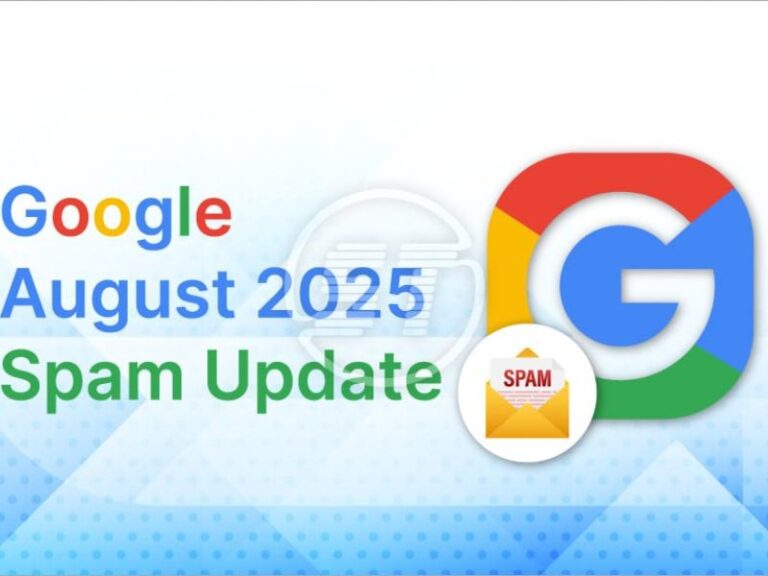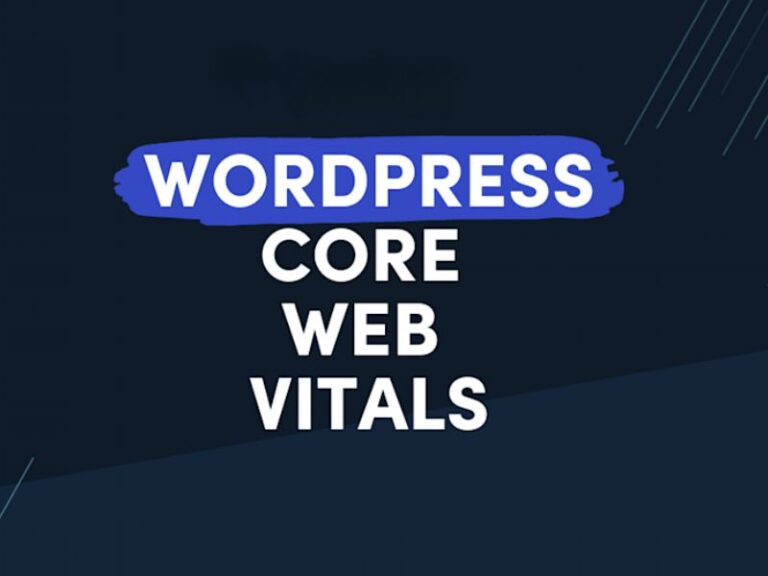Introduction
For years, we’ve interacted with the web through static search bars and endless scrolling. But a new frontier has emerged—one where chatbots, AI assistants, and intelligent interfaces guide every click, summarize every page, and answer every query in human-like conversation. Welcome to the AI browse war?, a heated competition where tech giants and ambitious startups race to own the next dominant way we explore the internet.
In this piece, we’ll break down why the AI browse war? matters, what it means for everyday users, and how the three biggest contenders—Google, OpenAI, and Perplexity—are shaping the battlefield. Along the way, we’ll explore an “internet of chatbots,” AI’s growing role in learning, and the different visions competing for your attention every time you open a browser.
Why the AI browse war? Matters
The way we access information defines how we think, learn, and decide. In previous decades, the shift from library catalogues to web search changed everything. Then came mobile-first browsing, which reshaped design and user behavior.
Now, the AI browse war? marks the next major leap: replacing keyword-based search with conversational, context-aware exploration. In this model, instead of searching for “best Italian restaurants in Boston” and scrolling through results, you simply ask:
“I’m in Boston for two days—recommend an Italian place near me with vegetarian options and an outdoor patio.”
Your AI assistant finds and recommends the best match, explains why, and even makes the booking—all without forcing you to sift through pages of ads and irrelevant links.
An Internet of Chatbots?
Imagine opening your browser and instead of a blank search bar, you see a friendly AI that greets you by name:
-
Morning, Alex. Your first meeting’s in 30 minutes. Want me to review yesterday’s research notes?
-
By the way, you’ve been reading about photography—shall I suggest beginner lenses?
This is the “internet of chatbots”—a web where AI interfaces replace static menus with dynamic conversations. Instead of navigating to different sites, you interact with AI-powered portals that pull, summarize, and contextualize content from across the web.
This shift has massive implications:
-
Personalization at scale: Your browser remembers preferences and adapts in real time.
-
Context retention: Conversations don’t reset with every new tab.
-
Reduced friction: You get answers faster, often without visiting multiple websites.
However, it also raises concerns: who controls the AI’s sources? How do we ensure transparency? And what happens to traditional websites when users no longer “visit” them?
AI for Learning
Beyond browsing convenience, the AI browse war? has deep potential in education. AI browsers can:
-
Summarize academic papers in plain language.
-
Translate complex topics into step-by-step guides.
-
Offer instant quizzes and exercises based on your reading.
-
Create multimedia explanations tailored to your learning style.
For example, a high school student studying climate change could:
-
Open an AI-enhanced browser.
-
Ask, “Explain the greenhouse effect as if I’m 15 years old.”
-
Get a simplified explanation, a visual diagram, and recommended interactive simulations—all in one interface.
This “learning-first browsing” could make the internet more accessible, not just more efficient. Yet, it also risks creating overreliance, where users stop critically evaluating sources because the AI “does the thinking” for them.
Three Competing Visions
While dozens of players are entering the AI browse war?, three stand out: Google, OpenAI, and Perplexity. Each has a distinct vision for the future of browsing.
Google AI Overview
Google is evolving Chrome and its search engine to integrate its Gemini AI. Google’s strength lies in:
-
Data dominance: Billions of daily queries to train models.
-
Ecosystem integration: Gmail, YouTube, Docs, and Drive all feed into a unified AI experience.
-
Monetization infrastructure: Google knows how to turn search into revenue.
Pros:
-
Trusted brand with proven global infrastructure.
-
Seamless integration into existing Google services.
Cons:
-
Heavy ad-driven model could bias AI answers.
-
Slower to innovate compared to startups.
OpenAI
OpenAI’s approach focuses on creating a general-purpose AI assistant that works in any context. Its integration with Microsoft’s Edge browser and Bing gives it immediate distribution, but it also offers plugins and APIs for other environments.
Pros:
-
Cutting-edge AI capabilities and fast iteration cycles.
-
Strong developer ecosystem via APIs and GPT-powered tools.
Cons:
-
Limited control over browser market share without deeper integration.
-
Privacy and data retention concerns from third-party integrations.
Perplexity Comet
The dark horse in the race is Perplexity with its new “Comet” AI browser. Unlike its competitors, Perplexity aims to reimagine browsing from the ground up:
-
Conversational-first interface: The starting point is a chat, not a search bar.
-
Real-time knowledge updates: Comet pulls fresh data instantly from the web.
-
Transparency focus: Every AI answer links to its sources.
Pros:
-
Agile and willing to experiment with radical UI changes.
-
Clear sourcing improves trustworthiness.
Cons:
-
Smaller user base compared to Google and Microsoft.
-
Needs massive scaling to compete globally.
Examples & Key Takeaways
| Example | What It Shows | Key Takeaway |
|---|---|---|
| A student uses Perplexity Comet to study history, getting timelines, images, and sourced references instantly. | AI can make learning more interactive and efficient. | Education stands to benefit hugely from AI browsing—if transparency is prioritized. |
| A marketer uses OpenAI-powered Edge to analyze competitor websites in one chat. | AI browsing speeds up research workflows. | Professionals can work faster but must verify AI outputs. |
| A casual user relies on Google Gemini in Chrome for restaurant suggestions without clicking any search result links. | AI may bypass traditional websites entirely. | This could reshape online business models dependent on site visits. |
Bottom Line
The AI browse war? isn’t just about faster answers—it’s about redefining how we interact with the internet itself. Whether Google leverages its empire, OpenAI drives innovation, or Perplexity’s Comet reimagines the browsing experience, the next few years will determine the dominant “interface layer” for the web.
For users, this could mean less clicking and more conversing. For businesses, it could mean rethinking visibility strategies in an AI-mediated internet. And for educators, it might open new opportunities for personalized, on-demand learning.
FAQs
Q1: What is the “AI browse war?”
A: It refers to the competition between tech companies to control the next generation of web browsing—where AI assistants replace or enhance traditional search.
Q2: Will traditional search engines disappear?
A: Not entirely, but their role may shrink as AI assistants deliver answers directly in browsers.
Q3: Who are the main players in the AI browse war?
A: Google (Gemini), OpenAI (ChatGPT + Edge/Bing), and Perplexity (Comet).
Q4: What’s at stake in this competition?
A: Market share, ad revenue, control over how information is accessed, and user trust.
Q5: How will this affect everyday internet users?
A: Expect more personalized, conversational browsing—but also new concerns about transparency, privacy, and bias.






